Decline in coronavirus cases slowing as B-117 strain takes hold
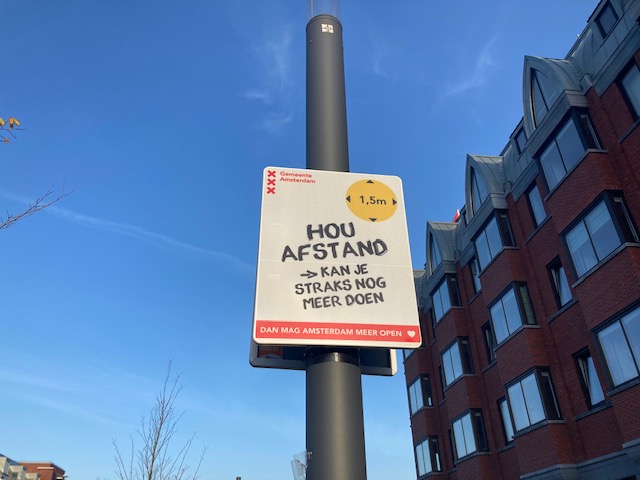
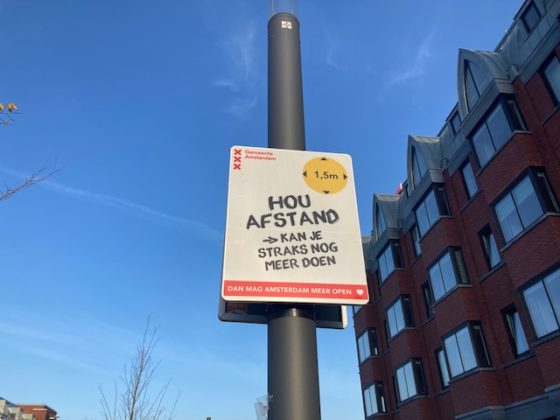
Coronavirus cases fell by 14% in the first week of February, partly as a result of fewer tests being carried out during the severe winter weather, the public health agency RIVM said in its latest weekly update.
The latest numbers show a mixed picture around the country, with some areas continuing to experience declines in numbers while in others the trend has stalled or started to rise again.
Other figures indicate that the virus is still in decline, but at a less rapid rate than in late January despite the imposition of stricter lockdown measures, including the 9pm to 4.30am curfew.
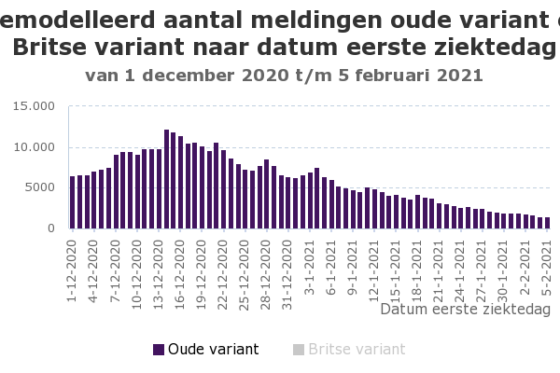
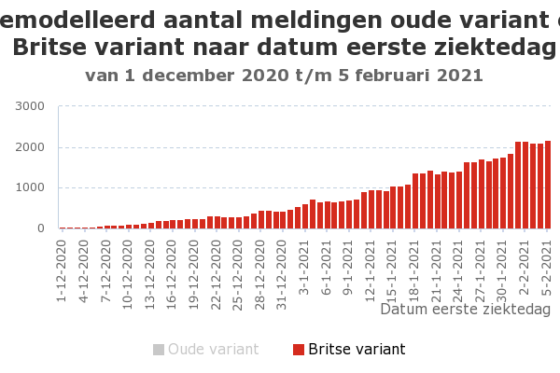
The positive test rate is 10.7%, the lowest level since the start of October, while the reproductive number R was measured at 0.91 for January 22. However, the RIVM said the B-117 strain, which arrived from the UK in December, had an R value of 1.13 and is now responsible for around 60% of infections. An R value of more than 1 indicates that the virus is spreading faster than people recover from it.
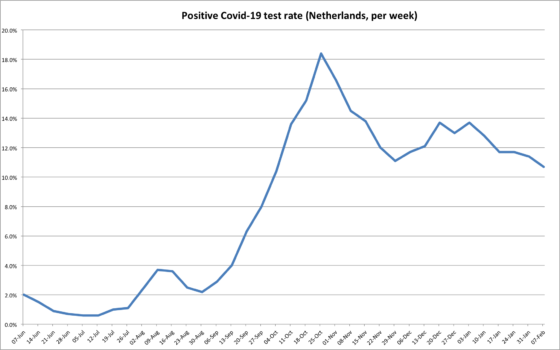
Another 1,779 new cases were reported in the 24 hours to Tuesday morning, but several testing stations were closed on Monday because of the severe winter weather. There are currently 2,010 patients in hospital with Covid-19, of whom 550 are in intensive care.
The number of new hospital admissions declined by 14.2% in the past seven days from 1,278 to 1,096, while intensive care admissions were down by 33% at 172. Another 408 people were reported to have died, 40 fewer than in the previous week.
Cases were down in all age groups except the under-13s, which have by far the lowest number of recorded infections. The RIVM warned that this was likely to increase further with primary children returning to school from February 8.
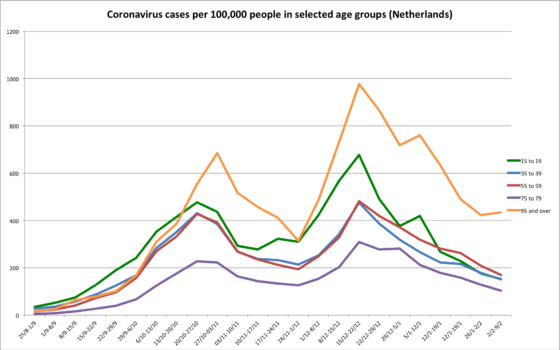
Across the 25 safety board regions infection levels ranged from 93.3 per 100,000 people in IJsselland to 210.5 in Zaanstreek-Waterland. Friesland, Groningen and Gooi en Vechtstreek recorded small increases in their infection rate, while at the other end of the scale there were steep declines in Twente (189 to 134.7 per 100,000), Brabant-Zuidoost (254.9 to 188.1) and Zeeland (157.8 to 106.1).
Thank you for donating to DutchNews.nl.
We could not provide the Dutch News service, and keep it free of charge, without the generous support of our readers. Your donations allow us to report on issues you tell us matter, and provide you with a summary of the most important Dutch news each day.
Make a donation